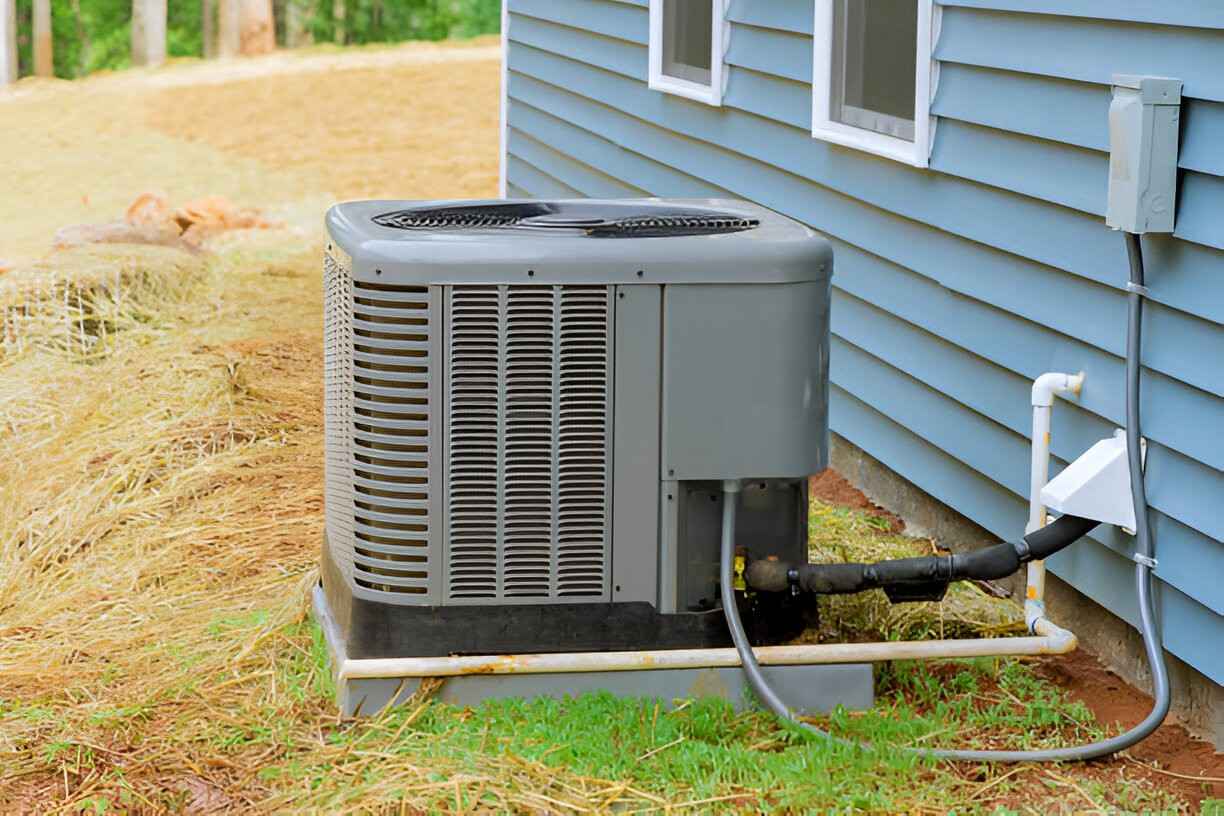AC Installation in Lutz, FL


Why a purpose-built AC installation matters in Lutz, FL
Lutz and the surrounding Hillsborough County area have long cooling seasons and high relative humidity. An undersized or poorly installed system will short-cycle, struggle to remove humidity, and raise energy bills. Proper installation ensures even comfort, better dehumidification, and longer equipment life—important in a region where AC runs many months of the year.
Common AC installation types and typical issues in Lutz
- Central split systems for single-family homes
- Heat pump systems for year-round efficiency
- Package units for compact or replacement scenarios
- Ductless mini splits for room additions or homes without ductwork
Common problems that drive replacements or new installations in Lutz include:
- Inadequate cooling capacity and poor humidity control
- Aging compressors or systems using phased-out refrigerants
- Leaky or undersized ductwork that reduces efficiency
- Corrosion from coastal salt air in nearby neighborhoods
- Improper equipment matching and undersized electrical service
Pre-installation assessment
A thorough pre-installation assessment sets the foundation for a correct installation:
- Load calculation: A Manual J load calculation estimates cooling needs based on home size, orientation, insulation, window types, roof condition, and occupancy. This prevents undersizing or oversizing.
- Duct evaluation: Inspect for leaks, insulation quality, and proper sizing. In Lutz homes, older duct systems often need sealing or reconfiguration to achieve balanced airflow.
- Electrical inspection: Verify electrical panel capacity, disconnect locations, and circuit requirements for the selected unit.
- Site and permit review: Determine optimal condenser placement with attention to setback, noise, and hurricane anchoring requirements. Identify permit needs based on Hillsborough County codes.
System selection guidance
Choosing the right system means balancing comfort, efficiency, and local durability:
- Efficiency ratings: Look for higher SEER ratings for lower seasonal energy use in prolonged cooling climates. Consider systems with variable-speed compressors for better humidity control.
- Refrigerant: New systems use modern refrigerants; confirm the choice aligns with environmental and code requirements.
- Equipment pairing: Properly match the indoor coil, blower, and condenser for peak performance. Mismatched components commonly cause poor dehumidification and short lifespans.
- Features to consider: Variable-speed blowers, two-stage compressors, advanced thermostats with humidity control, and compatibility with surge protection and standby power if desired.
- Indoor air quality: In humid climates, integrated dehumidification, MERV-rated filtration, and optional UV lights can reduce mold and allergens.
Ductwork evaluation and necessary modifications
Ductwork directly affects system effectiveness:
- Sealing and insulation: Sealing joints and insulating ducts in unconditioned spaces prevents energy loss and reduces humidity infiltration.
- Sizing and balancing: Duct resizing or adding returns may be required to match the new system’s airflow. Proper balancing eliminates hot or cold rooms.
- Routing changes: Adding conditioned attic returns or relocating trunk lines may be necessary for optimal performance.
- Replacement vs repair: In many older Lutz homes, replacing compromised duct sections improves long-term efficiency and air quality more cost effectively than repeated repairs.
Professional installation steps
A professional AC installation typically follows these steps:
- Site preparation: Confirm clear condenser placement, access for technicians, and any electrical upgrades.
- Removal of old equipment: Safely recover refrigerant and remove outdated components per regulations.
- Duct and electrical work: Complete sealing, insulation, duct modifications, and any panel or disconnect upgrades identified in the assessment.
- Equipment installation: Mount indoor coil and air handler, set up outdoor condenser on a level pad, install refrigerant lines and controls.
- System charging and control wiring: Proper refrigerant charge and correct thermostat wiring are critical to performance.
- Final sealing and insulation touches: Ensure all penetrations are sealed to prevent humidity and pests.
Post-installation testing and commissioning
Thorough testing verifies performance:
- Refrigerant charge and superheat/subcooling checks
- Airflow measurement and room-by-room temperature checks
- System run cycles and humidity reduction verification
- Electrical safety and breaker load checks
- Verify thermostat calibration and control sequences
- Commissioning validation ensures the system meets the load calculation results and operates efficiently in Lutz’s climate.
Training on system operation and maintenance
Homeowner training is part of a complete installation:
- Thermostat operation: How to use scheduling, humidity settings, and vacation modes for efficiency
- Filter replacement and recommended filter types for local pollen and humidity
- Basic troubleshooting: What to monitor and when to seek professional service
- Seasonal maintenance routines to preserve cooling performance and warranty compliance
Warranty registration and documentation
Registering warranties promptly protects your investment. Expect documentation that includes:
- Manufacturer warranty information and registration instructions
- Installation checklist and commissioning report
- Recommended maintenance schedule to preserve warranty coverage
Estimated project duration and cost factors
Project duration depends on scope:
- Simple condenser swap with existing compatible components can often be completed in a day
- Full system replacements with duct modifications and electrical upgrades commonly take two to five days
- Larger homes or complex duct redesigns may require additional time for permits and inspections
Costs vary considerably based on equipment size, efficiency level, ductwork extent, electrical upgrades, and site-specific factors such as access and anchoring requirements for hurricane resilience. High-efficiency systems, major duct replacement, or homes requiring panel upgrades will increase investment. Focus on lifecycle value: better equipment and correct installation reduce operating costs and extend service life.
Benefits and maintenance advice
A properly installed AC delivers:
- More consistent comfort and humidity control
- Lower energy consumption and utility bills
- Fewer repairs and longer equipment life
- Improved indoor air quality and reduced mold risk
Maintenance best practices for Lutz homes:
- Replace filters monthly to bimonthly during peak seasons
- Schedule professional tune-ups annually before the cooling season
- Keep condensers clear of debris and vegetation
- Monitor for unusual noises, rising energy use, or uneven temperatures
A well-executed AC installation tailored to Lutz, FL conditions protects comfort and investment while addressing the region's humidity and storm-related needs. Proper assessment, matched equipment, careful ductwork work, thorough commissioning, and routine maintenance are the elements that ensure reliable performance for years to come.
Service Areas


